Gardening is an excellent pastime activity that keeps you active, provides food, and can act as a side hustle if you sell the surplus.
Raised beds are ideal for gardening because they fit in compact spaces, provide excellent drainage, and are at a lower risk of infections.
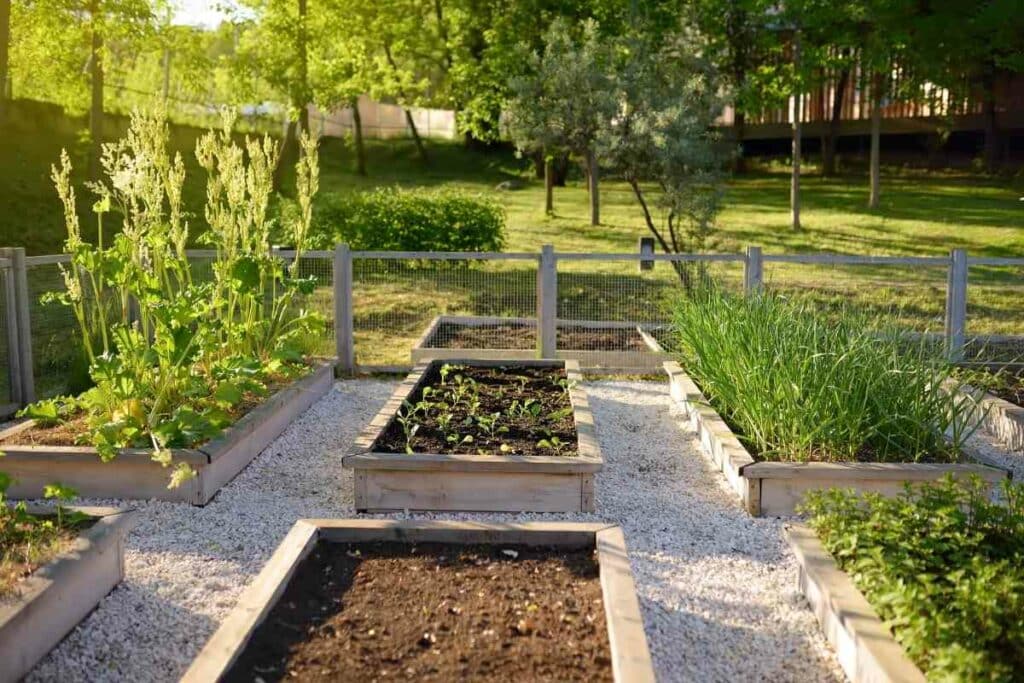
Most raised beds are wooden. However, it can be challenging to identify the best wood for your backyard garden.
Read on to discover the best woods for your raised garden beds.
Black Locust
Black Locust is a popular choice due to its resistance to decay and rotting.

Besides raised gardens, this species is becoming a favorite for building outdoor structures like decks and fences because it can withstand the harshest weather conditions.
On the Downside – Black Locust isn’t readily available. Some states categorize it as an endangered species and restrict its propagation and sale. It can be difficult or almost impossible to find Black Locust, depending on your residence.
In the former, the prices are high due to the high demand.
It’s advisable to consult experts to inquire about the availability and legality of having a Black Locust in your region.
If you can find it, prioritize it over woods because it has unmatched hardiness.
Pine
Pine is one of the most abundant woods used for making raised beds and other outdoor structures. It’s also inexpensive.
Despite being a softwood, pine has excellent dimensional stability. This makes it easy to maneuver using lather, router, and saws.
You can use this material on several outdoor structures.
What to Expect? The problem with pine is its susceptibility to decay, rotting, and insect attacks. It’s understandable why you need to replace it every five years.
This is your best bet if you’re on a tight budget, a first-timer, or want a temporary structure.
Cedar
Many people consider cedar one of the finest woods for construction, whether indoor outdoor.
Its most widespread variants are:
- the Alaskan Yellow Cedar
- and the Western Red Cedar
The most impressive quality of cedar is its natural resistance to rotting and insect attacks.
You don’t need to treat cedar, and it can last for over a decade outdoors.
It also has high water resistance, a quality that increases its suitability for raised garden beds.
Cedar improves in appearance as it ages. When exposed to the elements, your garden will turn grey or silver, adding style to your backyard.
On the Downside – Cedar is expensive and requires complicated maintenance.
Don’t think about having it if you aren’t ready to allocate time for cleaning.
It also catches fire faster than other woods, so it isn’t advisable to smoke around your garden.
Redwood
Like cedar, redwood is a premium species renowned for its longevity.
A redwood garden can last for over a decade if you take proper care of it.
Additionally, redwood is resistant to adverse weather and insect attacks.
The tree produces oil that defends it against decay and rot while decreasing vulnerability to bad weather.
The tree itself can last for 100 years or more.
Although it’s tough, redwood is lightweight. You can haul several planks without getting tired.
This makes it an excellent choice for making movable garden structures.
Unfortunately – Redwood is costly and demands a more thorough maintenance routine than other woods.
You also need to apply proper finishing to protect its integrity because it is softwood.
Cypress
Cypress is a more affordable alternative to cedar and redwood that offers more resistance than pine.
It’s also easier to find than Black Locust. It also tends to become more attractive as it ages like cedar.
On the Other Hand – Cypress takes longer to mature than pine. It’s also unavailable in some regions because it favors particular climates.
If you live in such areas, you’ll incur additional transportation costs to get the wood to your home.
Juniper
Due to its robustness and durability, juniper is an excellent wood for constructing raised garden beds.
If you pay attention to aesthetics, you can use the rustic-looking variants.
Juniper guarantees cedar and redwood’s longevity, toughness, and reliability at a lower price.
Opting for this species saves you money that you can use to improve other aspects of your home.
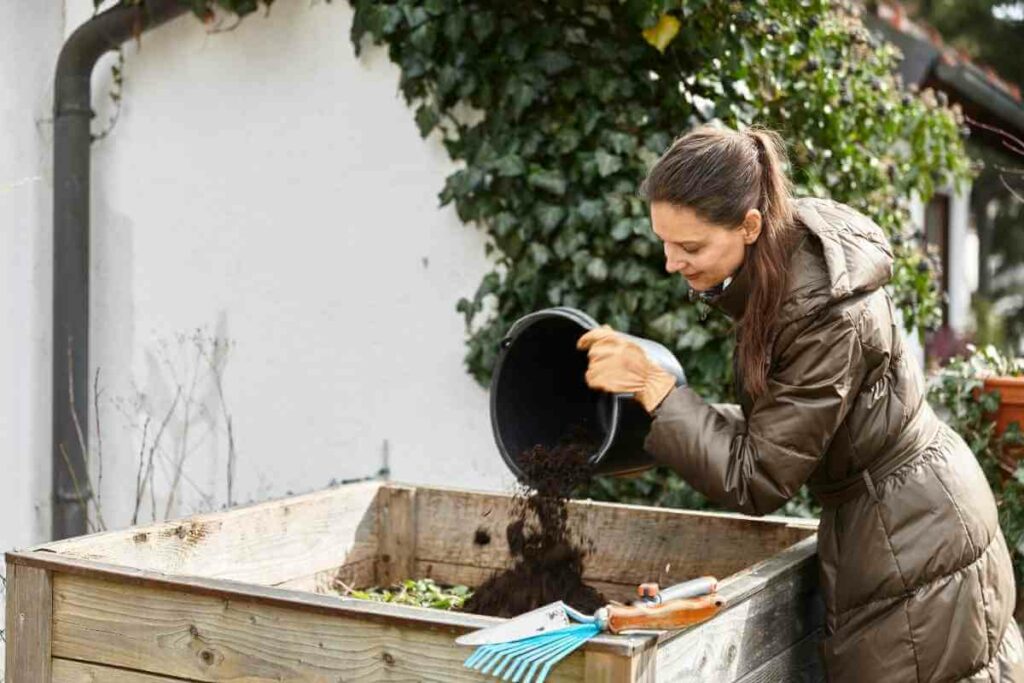
Additionally, juniper is resistant to decay and rotting, making it helpful in building outdoor structures.
It produces natural substances that protect it against insects and pests.
As a result, it conserves the environment and saves you money by eliminating the need for chemical insecticides.
Heads Up! The most significant disadvantage of juniper is that it isn’t easy to cut. Without a power saw, you can’t chop a log.
The tree also has spaces inside its stems that make it hard to join pieces without leaving gaps.
Yew
Although it’s primarily used in commercial applications, the hardness and longevity of yew make it viable for constructing home-raised gardens.
Moreover, the tree has a beautiful brown trunk with a uniform texture, adding a stunning visual appeal to your landscape.
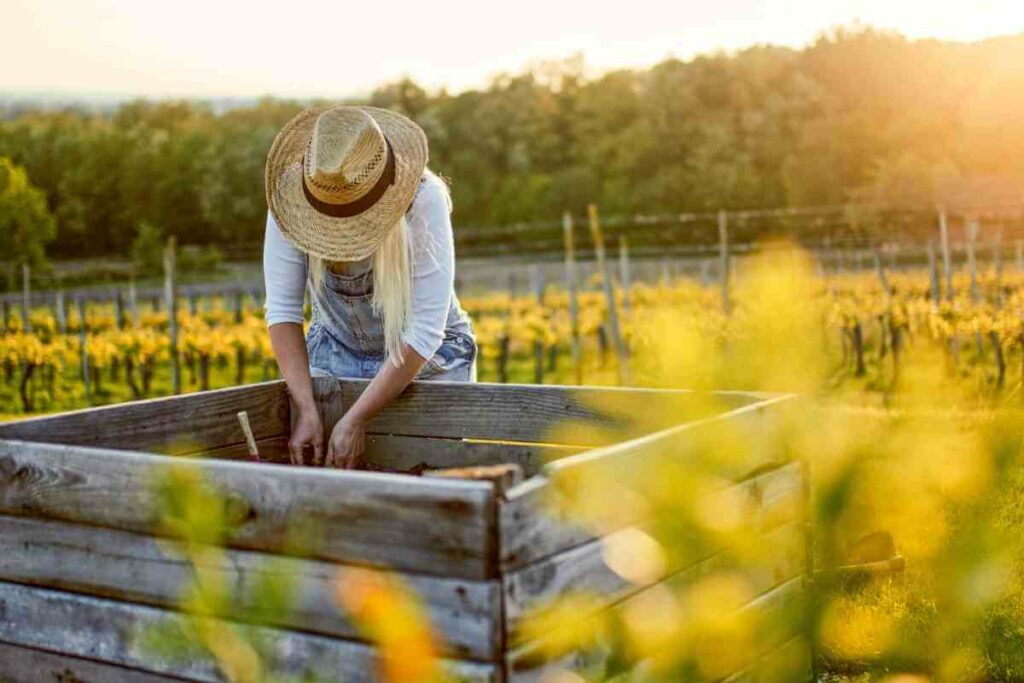
You can easily mistake yew as a softie due to its beauty. However, this species combines its stylish looks with unrivaled hardiness.
It can withstand significant impact, adverse weather and last over 20 years.
Thanks to its natural resistance, you don’t have to worry about rotting and insect infestations.
So what’s undesirable about yew? First, the same substance it uses to fend off insect attacks is harmful to human beings, meaning that you need protective gear when handling this species. Secondly, the oily surface hurts the quality of the finish.
Chestnut
Another species that’s famous for its beauty is chestnut.
Regardless, it’s robust enough to survive the harshness of being exposed to outdoor conditions.
The standout quality of chestnut is its resistance to rotting.
The tree produces tannins that keep off insects and other harmful parasites while protecting it against harsh weather.
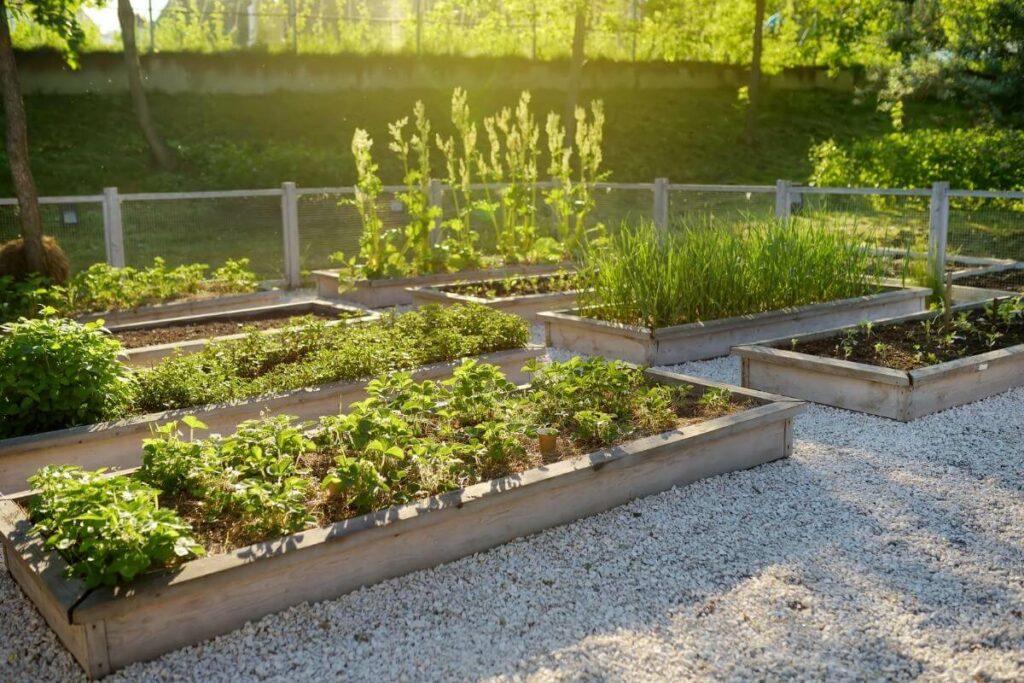
You don’t need much expertise to construct structures using chestnuts.
The species has high workability, meaning that you don’t have to apply a lot of effort to join pieces using nails and glue.
High workability makes building using chestnut convenient, but it’s also its biggest shortcoming.
For Example – You need to check the structure more frequently because Chesnut separates easily from glue and nails.
Another demerit of this species is its unavailability in some regions.
Hemlock
Do you want a raised garden built to last using one of the strongest hardwoods?
Then, you might want to consider hemlock.
It requires 11,300psi of force to bend a piece of this wood, which shows its resistance to high impacts.
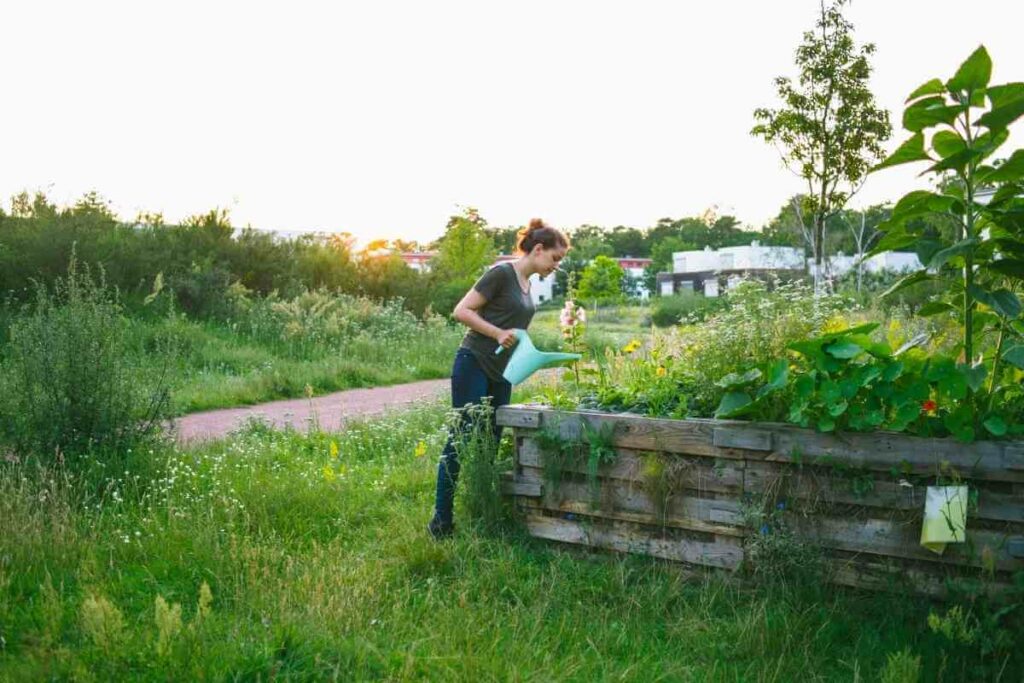
Moreover, it’s easy to apply your preferred finish on hemlock. Its logs have a smooth texture that absorbs paint and allows you to choose your desired finish.
From Experience – Because of its strength, it’s almost impractical to use hemlock in small-scale applications.
Other factors that might dissuade you from using this wood include its toxicity and high susceptibility to insect attacks.
Spruce
If you want a species that guarantees value for money, look no further than spruce.
It requires painting and sealing to prolong its life to 10 years or more, but this is cheaper than the cost of purchasing and maintaining hardwoods.
When young, spruce has a striking appearance that changes into yellowish brown as it ages.
This guarantees a great-looking garden all through. Also, spruce is lightweight and easy to move.
What Woods Should You Avoid?
If you don’t want to cry over lost money, it would be best to avoid recycled woods and used railroad posts.
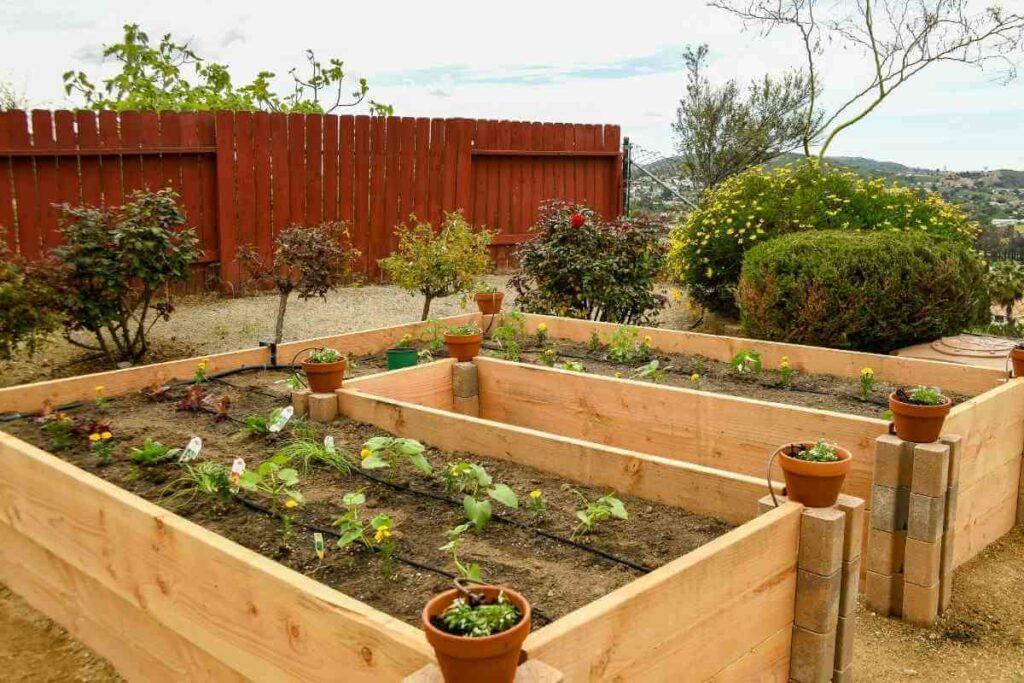
Recycled woods usually contain harmful chemicals used for staining, finishing, and general treatment.
Penta is one such chemical, and it’s toxic to plants and animals. It can kill your plants and risk your health if it leaches into the soil used in your garden.
On the other hand, used railroad and utility poles contain creosote, a carcinogenic compound used for wood preservation.
While some flowers can survive creosote, most of them will die.
Wrapping Up
The best type of wood for your raised garden varies depending on your budget and other preferences.
The ideal choice meets your short-term objectives without compromising the future.
Like other home installations, gardens are upgradeable. You can begin with a budget option and invest in a costlier unit later when you have more savings.
Lastly, ensure that you take proper care of your garden, as this will increase its longevity.
